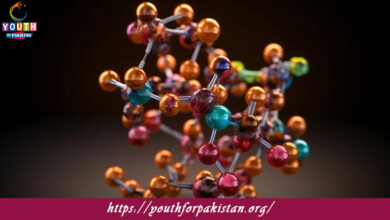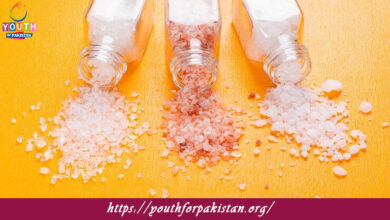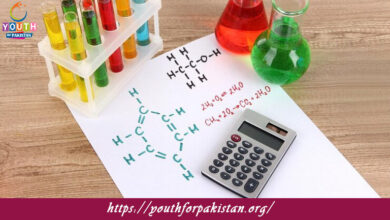Buffers and Buffer Solutions Quiz with Answers

Welcome to the Buffers and Buffer Solutions MCQs with Answers, it helps learners quickly identify areas for improvement in Buffers and Buffer Solutions Online Test.
| Buffers are essential in chemistry and biology for maintaining stable pH levels in solutions, crucial for various biochemical and industrial processes. Buffer solutions consist of a weak acid and its conjugate base (or vice versa), which resist changes in pH upon addition of small amounts of acid or base.
In Buffers and Buffer Solutions, understanding their properties is key. MCQs on buffers and buffer solutions often cover topics such as identifying effective buffer components, calculating pH changes upon addition of acids or bases, and recognizing the importance of buffer capacity in maintaining pH stability. Buffer capacity multiple choice questions assess the ability of a buffer to resist pH changes, influenced by the concentrations of the buffer components. Buffer preparation MCQs focus on the correct methods and concentrations required to prepare effective buffer solutions for specific pH ranges. pH control exam questions delve into applications of buffers in scenarios requiring precise pH adjustment, such as in biological systems or chemical processes. Buffer systems MCQs explore different types of buffer systems, including biological buffers like the phosphate buffer system in cells or industrial buffers used in manufacturing processes. |
Buffers and Buffer Solutions Online Quiz
By presenting 3 options to choose from, Buffers and Buffer Solutions Quiz which cover a wide range of topics and levels of difficulty, making them adaptable to various learning objectives and preferences. You will have to read all the given answers of Buffers and Buffer Solutions Questions and Answers and click over the correct answer.
- Test Name: Buffers and Buffer Solutions MCQ Quiz Practice
- Type: Quiz Test
- Total Questions: 40
- Total Marks: 40
- Time: 40 minutes
Note: Answer of the questions will change randomly each time you start the test. Practice each quiz test at least 3 times if you want to secure High Marks. Once you are finished, click the View Results button. If any answer looks wrong to you in Quiz, simply click on question and comment below that question, so that we can update the answer in the quiz section.
Download Certificate of Buffers and Buffer Solutions Test
On the end of Quiz, you can download the certificate of the quiz if you got more than 70% marks.
Buffers and Buffer Solutions Flashcards
If you are interested to enhance your knowledge regarding Physics, Computer, and Biology please click on the link of each category, you will be redirected to dedicated website for each category.





